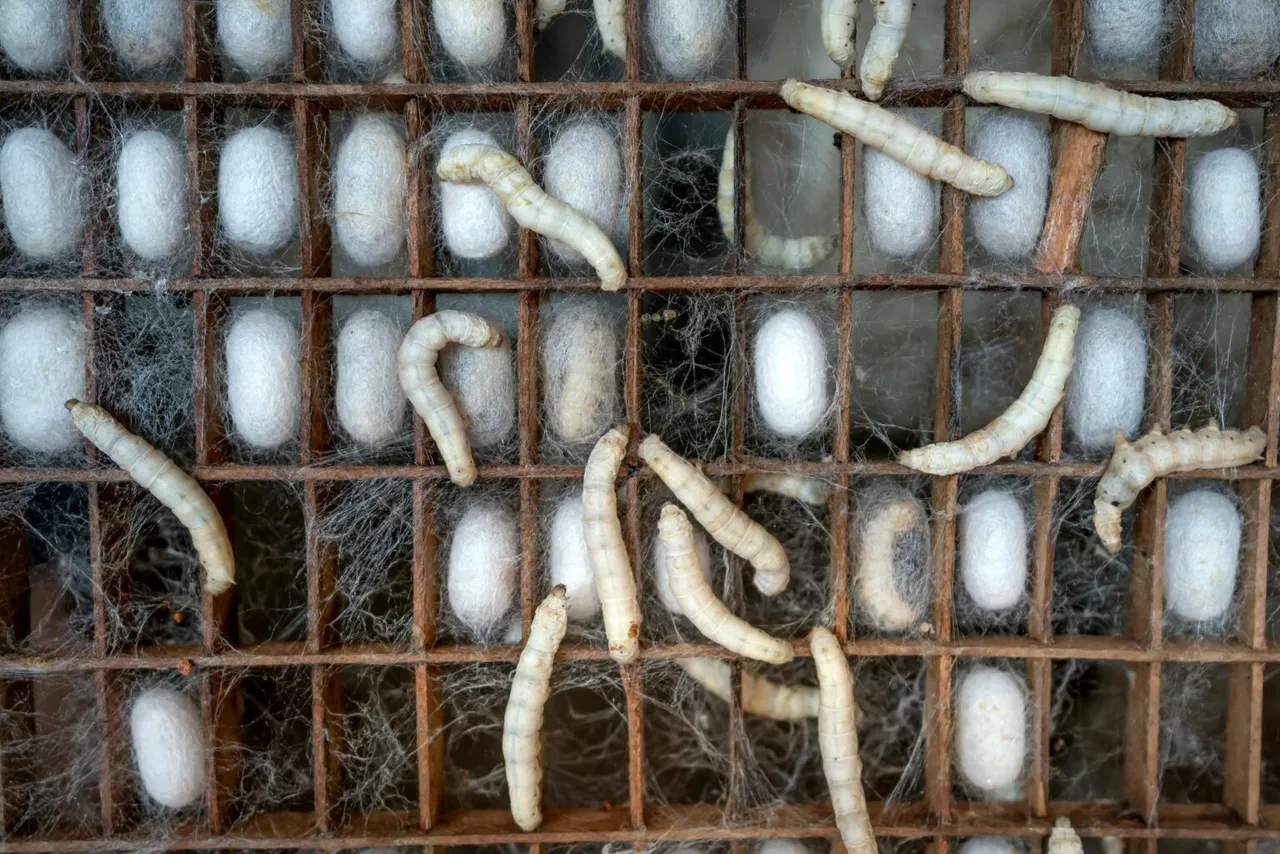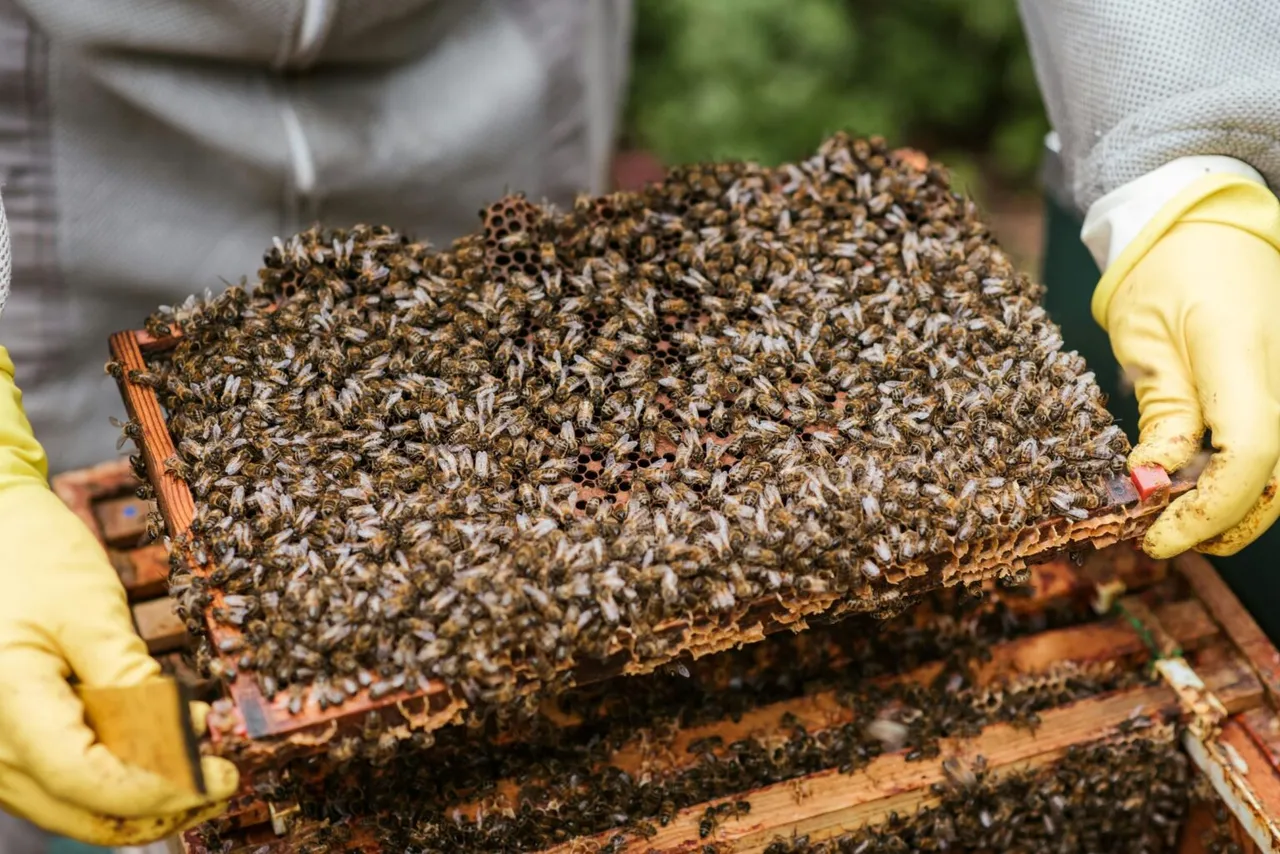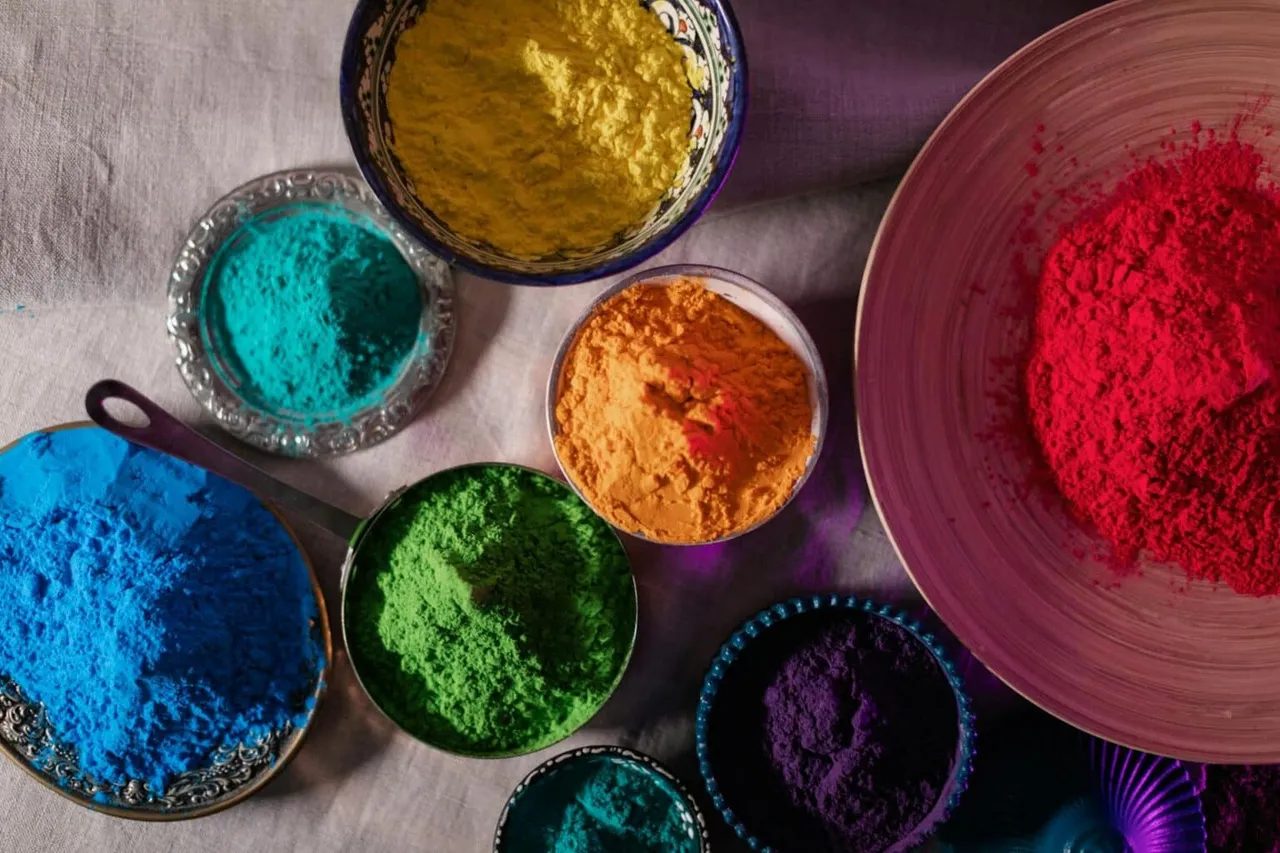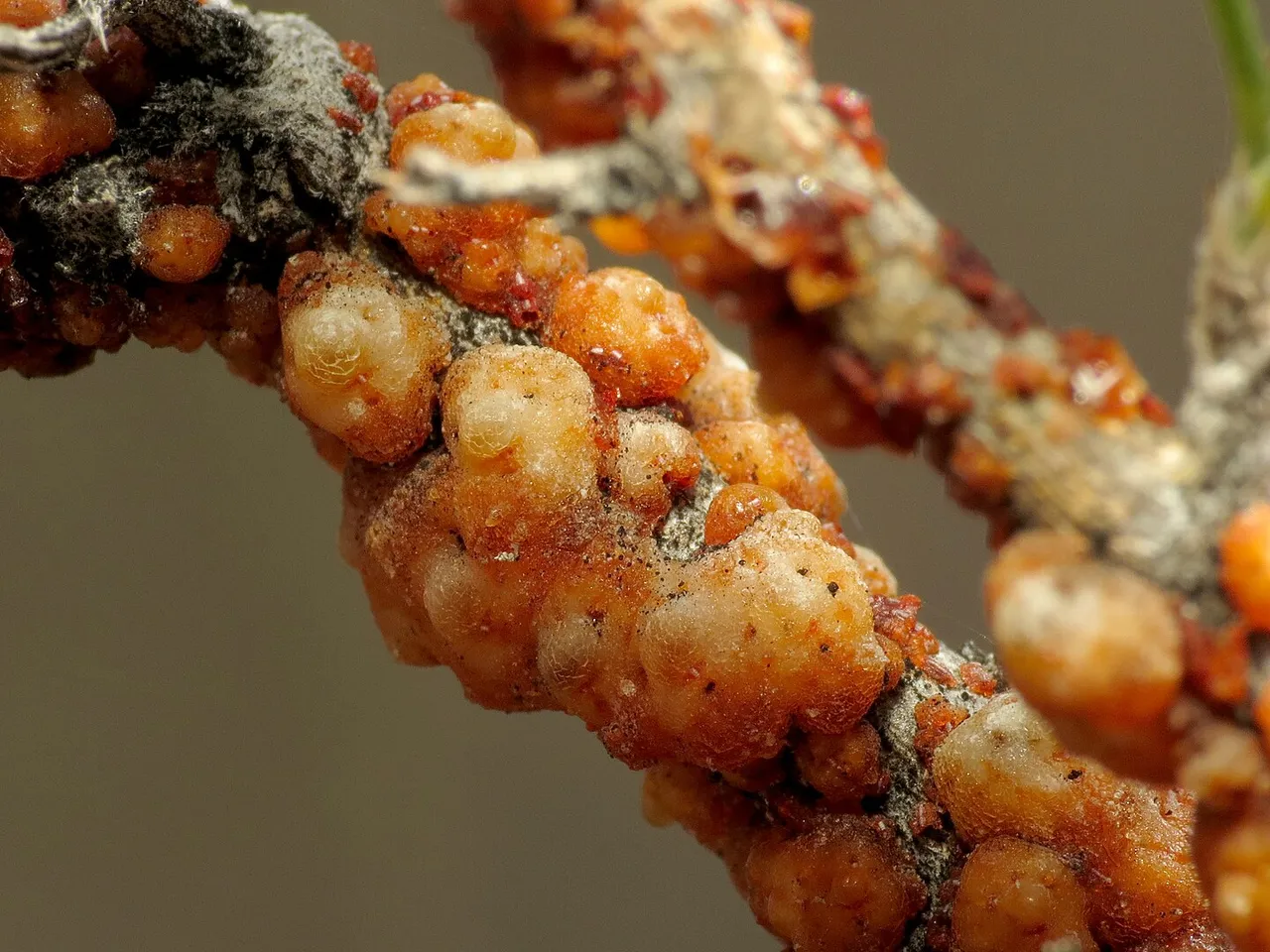While I was reading various scientific articles, I stumbled upon an interesting article that surprised me. It was regarding the crucial role insects have played in human history, something that never occurred to me before to such a large degree. Inspired by this, I felt compelled to share these incredible facts with you.
Insects have been responsible for creating civilizations, economies, and even global wars. These tiny entities have flown, crawled, or slithered under the radar, but in turn, impacted agriculture, medicine, and warfare in ways still affecting our world today. There are five such insects that played monumental roles in human history.
1. The Silkworm (Bombyx mori)
More than 5,000 years ago, llegend has it that a Chinese empress named Leizu discovered the secret of silk production when a silkworm cocoon accidentally fell into her cup of hot tea. When she pulled on the delicate filament, she unraveled a fabric that would shape world trade for centuries.
Silk emerged as the most desirable luxury good in history, powering the construction of the Silk Road, a trade network bridging East and West, spreading languages, religions, and technologies. Sericulture, the breeding of silk, was a well-guarded Chinese secret for centuries. It was an offense to export silkworms out of China, punishable by death, until finally, the secret spilled out, and sericulture spread to the world.
Even now, silk is valued for its strength, elasticity, and lustrous beauty. In addition to fashion, researchers are investigating synthetic silk for medical applications, such as surgical sutures, drug delivery systems, and biodegradable packaging. From a small moth that can no longer fly, humans have derived an industry of billions and a fabric that has influenced economies and cultures for thousands of years.

photo: geek.hr
2. The Honeybee (Apis mellifera)
Two of the first recorded instances of human interaction with bees can be found in cave paintings from Spain, 7,500 years old, showing a man harvesting honey from a wild beehive. Honeybees have provided humanity with two valuable commodities: beeswax and honey.
Honey has not only been a sweetener—it has been medicine, antiseptic, and even preservative. Beeswax, on the other hand, has been utilized to make candles, cosmetics, adhesives, and even ancient artistic techniques such as encaustic painting. The honeycomb structure of hexagons has intrigued engineers and architects with its strength and efficiency.
Other than honey and wax, honeybees are also significant pollinators that pollinate crops that contribute significantly to our food chain. Without them, world agriculture would suffer greatly. Now, as bees disappear, warning bells are being sounded regarding threats to food security and biodiversity, proving that these tiny insects are integral to human existence.

photo: geek.hr
3. The Cochineal Insect (Dactylopius coccus)
For hundreds of years, the source of the brightest and most long-lasting red color was unknown. The Mayans and Aztecs used to rear cochineal insects on cacti to make a deep red-colored pigment referred to as carmine. Through the Spanish conquest, the pigment became one of the most coveted exports of the New World, equal to silver and gold.
Carmine dye had become a status symbol of power and wealth, gracing the robes of European monarchs, the uniforms of British troops, and the vestments of the Catholic clergy. It was the best red dye until the invention of synthetic dyes in the 19th century.
Today, cochineal extract is still used in food, cosmetics, and medicine as a natural alternative to manmade dyes. From ancient paintings to lipstick now, the tiny cochineal bug has painted the world red for hundreds of years.

photo: geek.hr
4. The Lac Insect (Kerria lacca)
If you've ever bitten into a shiny red apple, played a violin, or admired a highly polished antique, you've likely encountered the work of the lac insect. The tiny insects, about the size of a grain of rice, produce a resinous secretion that is distilled into shellac—a natural varnish applied to furniture, stringed instruments, and even food.
Shellac has been a valuable part of human handiwork for thousands of years, giving a protective and durable finish. Lac was used in dyes, seals, and coatings for manuscripts and artworks in early Indian and Chinese accounts. Still today, food-grade shellac gives fruit and candy that bright appearance, and shellac finishes continue to be the instrument maker's preference due to their great acoustics.

photo: geek.hr
5. The Fruit Fly (Drosophila melanogaster)
In contrast to all the other insects on the list, fruit flies have not contributed by way of industry, commerce, or art, but by means of science. These tiny flies have been the focus of genetic research for over a century.
Due to their prolific reproduction and simple geometric genome to study, fruit flies have been centrally involved in the discovery of the fundamental principles of genetics. What has been found using Drosophila studies has helped with the advances in understanding heredity, evolution, and even human disease. The researchers have used them to study everything from cancer to neurodegenerative disease and so they are among the most important model organisms for biology.

The Little Geniuses of the Past
Though small, these five insects have had a disproportionate impact upon the direction of human history. From costly fabrics and dazzling color to lifesaving pollination and revolutionizing scientific research, they show that the world of nature contains many hidden threads. The next time you swat at a bug, take a moment to reflect: could this small insect be charting the future in ways we can't even imagine yet?